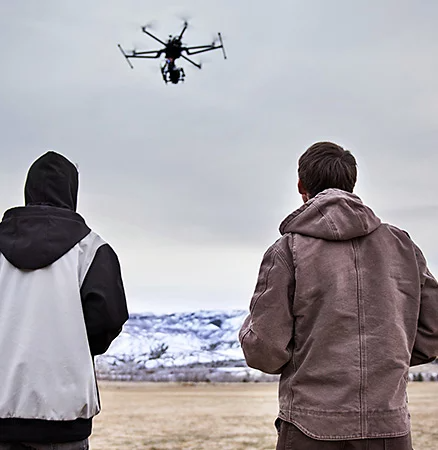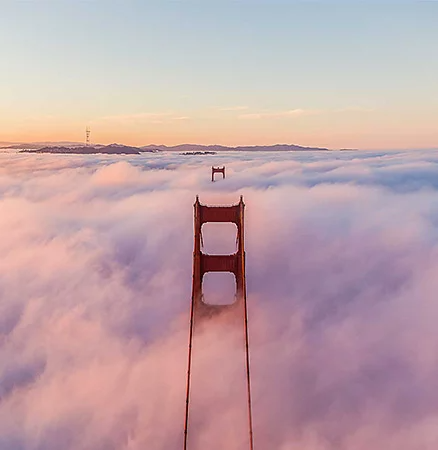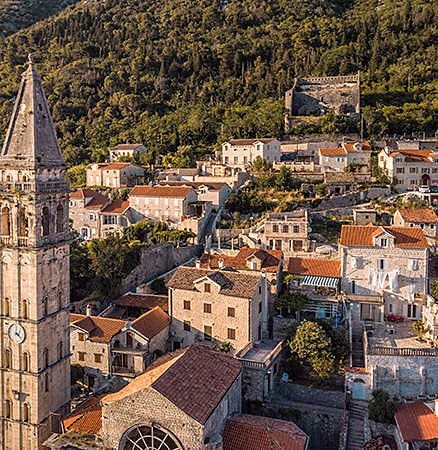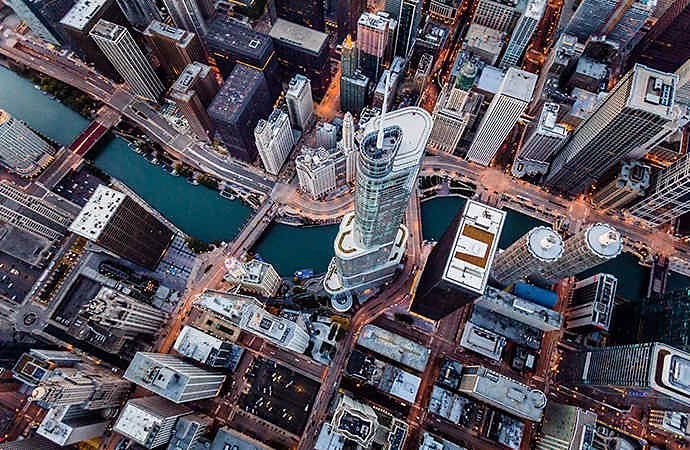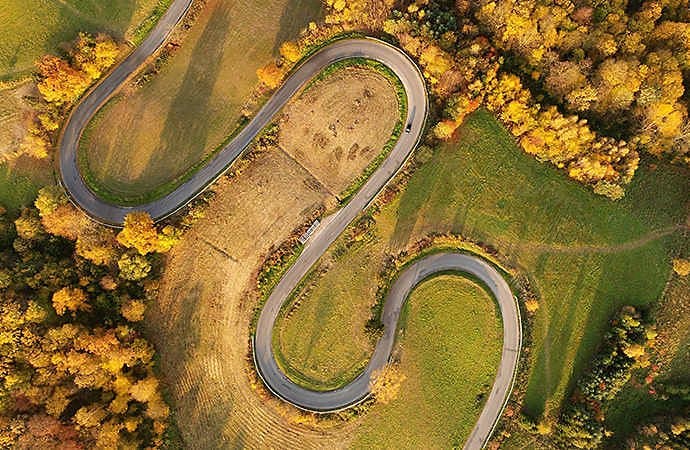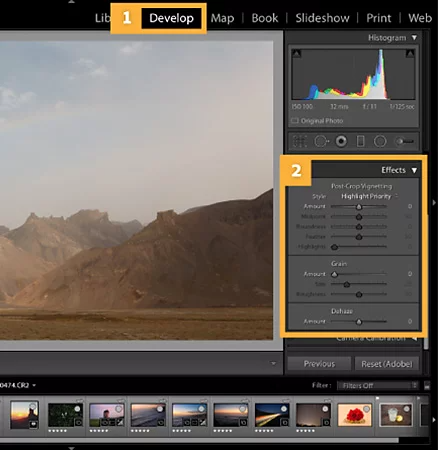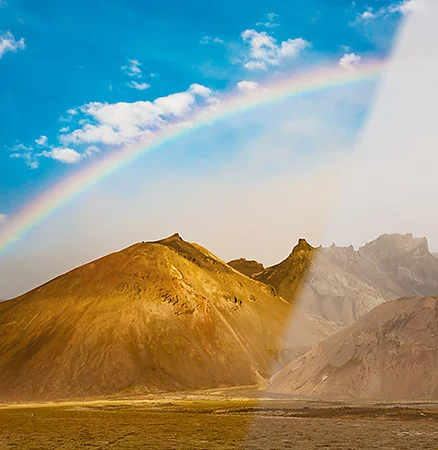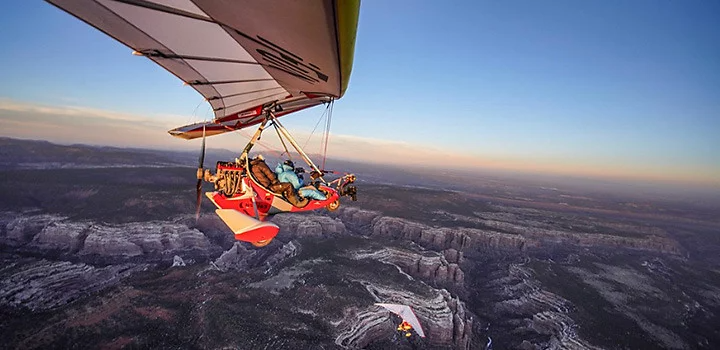Make sure your drone or aircraft flight is FAA approved.
There are serious consequences for flying aircrafts in prohibited areas. One benefit of chartered flights is that the pilot has the necessary regulatory knowledge and will clear your flight beforehand. For drone flights, make sure that you register your drone with the FAA and use a programme like AirMap to authorise your drone path.
Schedule according to the sun’s position.
According to MacLean, the best time to shoot from an aircraft is when the sun is about 20 degrees above the horizon. This is generally in the early morning or a few hours before sunset, but it depends on the time of year and your location.
Aim for the sun to be a bit lower than 20 degrees if you are simply shooting from a tall building or hillside. Use a service like SunCalc.org to see exactly where the sun will be during your flight.
Shoot out an open door or window when possible.
Ask your pilot to open or remove the window or door to eliminate interference from the glass. Make sure that you keep your camera inside the window frame to avoid shaking caused by the airstream. Don’t touch your camera to the edge of the window or to any part of the plane either, as the vibration will cause motion blur in your aerial photos.
If the window must remain closed, you’ll see interference from the glass in your photos. To help reduce this, wear dark clothing that won’t reflect as much off the window.
Secure your equipment and settings before take-off.
Secure your camera and equipment to your own body using a strap and clips, especially when shooting out an open door or window or from a high altitude point. Don’t forget to wear pockets with zips to hold smaller items like your phone and keys.
Choose the right lenses and bring a spare camera body.
Many prevailing camera brands sell lenses with image stabilisation. This type of lens can reduce softness or blur caused by vibrations in the aircraft. However, if you’re using significantly fast shutter speeds relative to your focal length, you may need to turn off image stabilisation, since it could start to make the image deteriorate.
Using a few lenses that cover a range from 28 millimetres to 400 millimetres is best. Bring along a second camera body for your additional lens, so you can seamlessly switch back and forth. Any lens that shoots wider than 28 millimetres may pick up the body or wing of the plane and any lens longer than 400 millimetres may provide too much magnification and cause blurry photos. You can also try mitigating blur by attaching your camera to a gyro stabilizer.
Shoot at a high shutter speed and keep other settings on lockdown.
Shoot at a high shutter speed, such as 1/1000 of a second or higher, to avoid blur. Set your camera on autofocus and consider securing the setting with painter’s tape so it can’t shift back to manual as you move the camera around.
Shoot at a higher ISO as the light dims.
Outdoor adventure and lifestyle photographer Justin Bailie recommends using a camera that can shoot at a higher ISO if the sun will be setting during your flight. “You might start out shooting at 200 or 400 and then, as it gets darker and darker, bump it up to 1600, 3200 or even higher,” he suggests.
Make the most of your air time and save the critique for later.
“Flying is expensive. Once you’re out there, you might as well take a little time to shoot for yourself,” says MacLean. “I feel like I haven’t taken advantage of flying if I’m doing an assignment and I just go out and photograph it and come back.”

